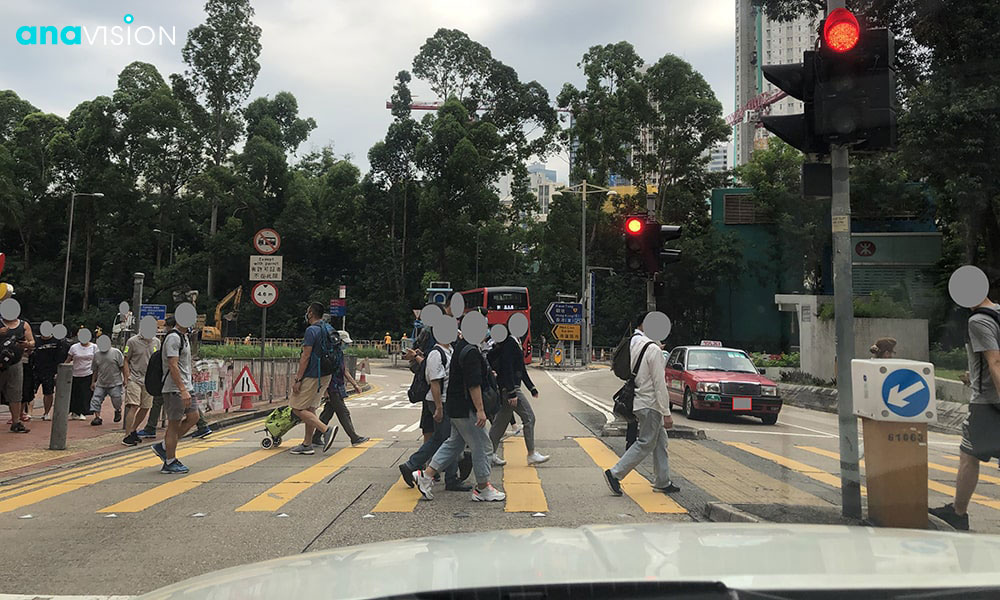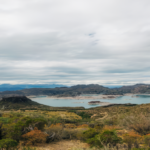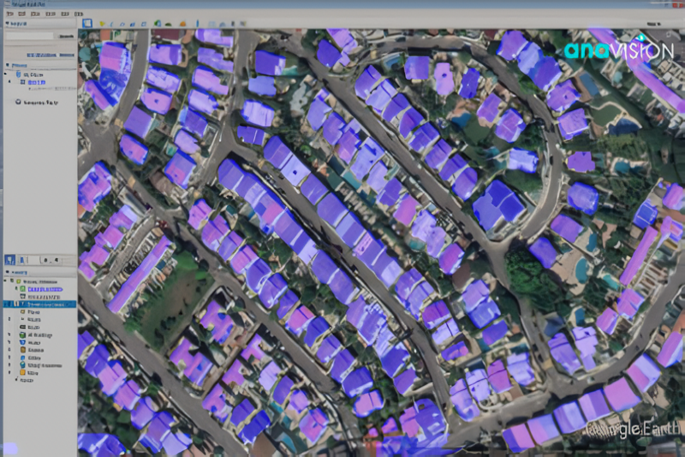Recent advances in computer vision technologies have given video cameras the ability of “seeing”, becoming smart cameras (Fleck & Strasser, 2008), that enables the development of intelligent monitoring systems for video surveillance. By using this technology, the systems are able to automatically extract useful information from visual data to analyze actions, activities, and behaviors. On one hand, these achievements represent a radical improvement in automatic monitoring. On the other hand, it also created privacy protection issues as the new technology gives the system the ability to collect and index a huge amount of private information about each individual.
Therefore, regardless of whether the system operates in private or public spaces, it is essential to have mechanisms or tools to protect and preserve people’s privacy in order to obtain the users’ acceptance, as well as fulfil the project requirements of Government or private companies.
Detecting and Blurring Sensitive Information for Privacy Protection
By applying the A.I. based real-time object recognition system and deep learning technology, Anavision has developed the detection and blurring function for sensitive information in an image or video. A.I. model can recognize multiple objects in a single frame. Compared with other recognition systems, our A.I. model can recognize objects faster and more accurately in an image with 16 Megapixels’ resolution. We have trained and deployed in a production system, once the object is recognized from an image or video, our trained AI model will make a boundary box around the object and apply the blurring effect.
One of the applications is road defects detection. Car plates and human faces (with or without face mask) in each captured image will be blurred to an unrecognizable level automatically by our image program for privacy protection.


And due to the pandemic of COVID-19, Anavision has developed an AI-Assisted Body Temperature Screening System (AIBTSS) for our business partner – Insight Robotics, that is able to screen and identify those having or showing symptoms of fever. In order to protect privacy for the general public, real-time Face Blurring function is established for non-fever visitors. Only the detected fever suspects will be displayed and recorded, with clear facial images.

In the near future, the evolution of intelligent monitoring systems will lead to the proliferation of networks of video cameras for surveillance in both public and private spaces. We are committed to considering privacy protection issues through new tools that can restore people’s privacy when developing any video surveillance system.
References:
- Fleck, S., & Strasser, W. (2008). Smart camera based monitoring system and its application to assisted living. Proceedings of the IEEE, 96 , 1698–1714.
Want to Learn More?
Check out more about our smart city management solutions today.










